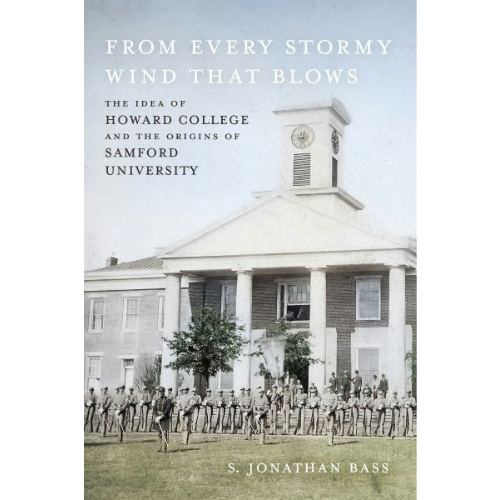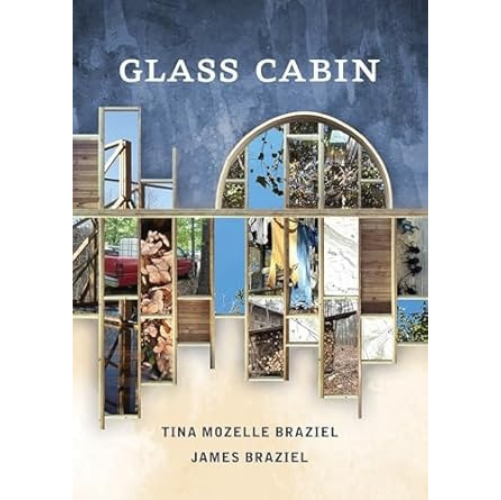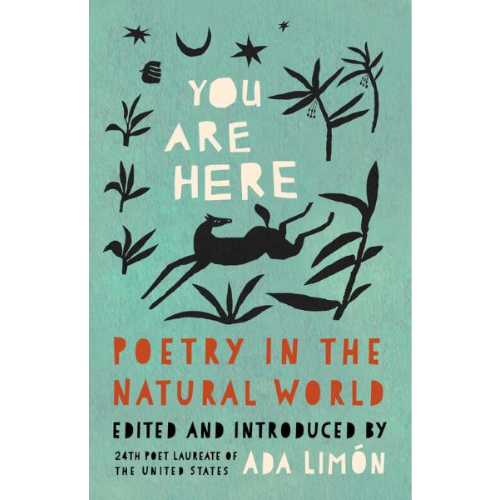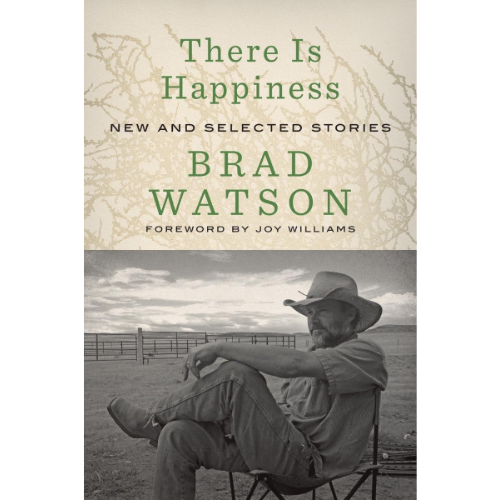William Wright, Series Editor
Taylor Byas, J. Bruce Fuller, and Adam Vines, Volume Editors
TRP: The University Press of Sam Houston State University; 2023
Paperback: $29.95
Genre: Poetry
Review by Ken Autrey
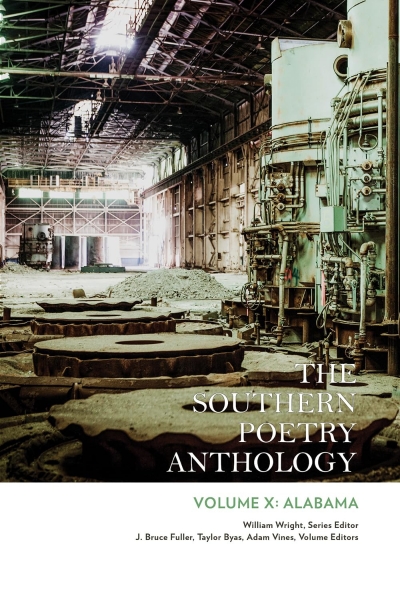
The recently published tenth volume of The Southern Poetry Anthology features poets of Alabama. This ambitious series began back in 2005 when Stephen Gardner and William Wright agreed to embark on a project to edit collections of poetry from each southern state. The initial volume appeared in 2007 and included work from 76 South Carolina poets. Now, sixteen years later, 76 Alabama poets are represented in the most recent addition to the series. William Wright, who has taught at the University of Tennessee and Emory University, has provided ongoing continuity as Series Editor, and Texas Review Press at Sam Houston State University has been on board as publisher from the outset.
Various editors have pitched in over the years, most notably Jesse Graves and the late Paul Ruffin, an Alabama native who was founding editor of The Texas Review. Editors for Volume X: Alabama are Taylor Byas, J. Bruce Fuller, and Adam Vines. About this volume Wright states, “In a world increasingly connected yet often divided, such an anthology reiterates the importance of empathy and understanding, fostering a bridge between readers and poets who have vastly different backgrounds and epistemologies.”
Reflecting on her “complex relationship with Alabama as a Black woman,” editor Taylor Byas, writes in her introduction, “Putting these pages together was a welcome return to my poetic home, and this anthology is a necessary illustration of Alabama’s polyvocality and its loud beating heart.” Co-editor Adam Vines states, “All of us in the anthology have a collective anxiety about and affection for Alabama, which has a horrific civil rights history and still disappoints us politically and socially many times but embraces us with its natural beauty and weathered resilience in the face of adversity.”
As one might expect from an assemblage of poets with Alabama roots or connections, pastoral or small-town settings play a prominent role in much of their work. Rivers, snakes, moonshine, logging trucks, kudzu, cicadas, and other rural emblems appear often. If there’s a soundtrack throughout, it consists of hymns and country music, even if specific musicians or songs are seldom mentioned.
Religion is a common motif here, sometimes unfolding on specific occasions, as in T. Crunk’s moving anecdote from the longer poem, “Summons,” or R.T. Smith’s dramatic monologue, “Snake Church.” Often, on the other hand, religion takes on a metaphorical resonance, as in Cheyenne Taylor’s “Where the Congregation’s Gone” or Richard Weaver’s “Blessing and Release.”
For that matter, in the South and in this collection, food preparation and indulgence become almost religious. Lines from Matthew Lane’s rhymed couplet poem, “Southern Fried Hymn,” exemplify this:
Buttermilk, smooth as silk, slide into my belly.
Corn pones or rolls or biscuits with Bama Jelly.
Southern food, Southern soul, raised up Southern hard.
I ain’t gonna touch it if it ain’t been cooked with lard.
In one of Rusty Rushton’s poems, he praises the waitress at a barbecue joint for bringing him “my feisty sauce of dreamland/hugged in the palm of a flowing hand.” And then there’s Rose McLarney’s ode, “American Persimmon,” an elemental tribute in which the language is as mouthwatering as the tender orange fruit itself. In “hoppinjohn: a blues,” current Alabama Poet Laureate Ashley M. Jones evokes a culture in which food is more than mere sustenance, concluding with,
blackeyed peas and white rice on new year’s day,
we pray this meal will keep the doom away–
Given Alabama’s doom-laden past, mentioned by Adam Vines in his introduction, it comes as no surprise that a number of poems collected here evoke the state’s fractious history, sometimes from an achingly personal perspective. Taylor Byas addresses lingering racism through a powerful pair of pantoums, a poetic form involving a pattern of repeated lines in quatrains, in which the repetition mirrors a persistent cycle of societal dysfunction. In a long, anguished poem set in Montgomery, Andrew Hudgins draws on Civil War history, as well as his own memories of more recent events in our state’s capital, stating “I’m just Christian enough/to think each sin taints every one of us….” And in a long, sprawling poem, “Petition for Naturalization,” Kathryn Hargett-Hsu uses official papers and anecdotes to document discrimination against Chinese laborers in Alabama and elsewhere.
Along with the diversity of subject matter, the reader encounters an exhilarating variety of forms in this collection. Juliana Gray’s “Honeymoon Palsy” is only one of a number of vivid sonnets appearing here. Carolyn Hembree contributes a ghazal, a sestina, and one of several skillfully honed villanelles. Triplets, prose poems, rhymed couplets, pantoums, elegies: all add to the array of offerings.
Producing any anthology of this type presents inevitable challenges in selectivity and
representation. The editors have done an admirable job of including relatively young voices such as Gabrielle Bates, Raye Hendrix, Jason McCall, and Daniel DeVaughn, while also drawing on more established names like Rodney Jones, Jeanie Thompson, Maurice Manning, and past Poet Laureate Jennifer Horne. Certainly there are some prominent poets residing in Alabama whose work is missing, but considering the complexity of putting together a collection like this, there may be good reasons why some were left out. In terms of geographical representation, over half of the poets included have some connection with Birmingham and/or one of the University of Alabama campuses. This may reflect the main axis of poetic activity in the state. Many of the poets with roots elsewhere in Alabama currently live in other states, often holding positions in colleges or universities. With the exception of some accomplished poets such as Charlotte Pence in Mobile, Jeanie Thompson in Montgomery, and Rose McLarney in Auburn, it would seem that there are few poets currently living and working in the state outside of the Birmingham-Tuscaloosa area. This is perhaps less a criticism of this exceedingly rich anthology than a commentary on the apparent state of poetry across Alabama.
The final name in the alphabetical roll call of poets in this volume is Jake Adam York, who was educated at Auburn and Cornell and died at age 40 in 2012. Despite his relative youth, he influenced and inspired many aspiring poets as a teacher and editor. He published four collections, one of them posthumous, in which he confronted and grappled with the legacy of racism and injustice in our state and country. He stands out as one of the finest Alabama poets of the past half century. Thus, it is appropriate that his work provides a sort of coda for this admirable collection.
Ken Autrey’s work has appeared in the Chattahoochee Review, Cimarron Review, Poetry Northwest, Southern Poetry Review, Texas Review, and many other journals. His new collection, Circulation: Poems, is just out from Dos Madres Press. His recent chapbook, Penelope in Repose, won the 2021 Helen Kay Chapbook Contest. Emeritus Professor of English at Francis Marion University, Autrey lives in Auburn, Alabama, where he helps coordinate the Third Thursday Poetry Series.

